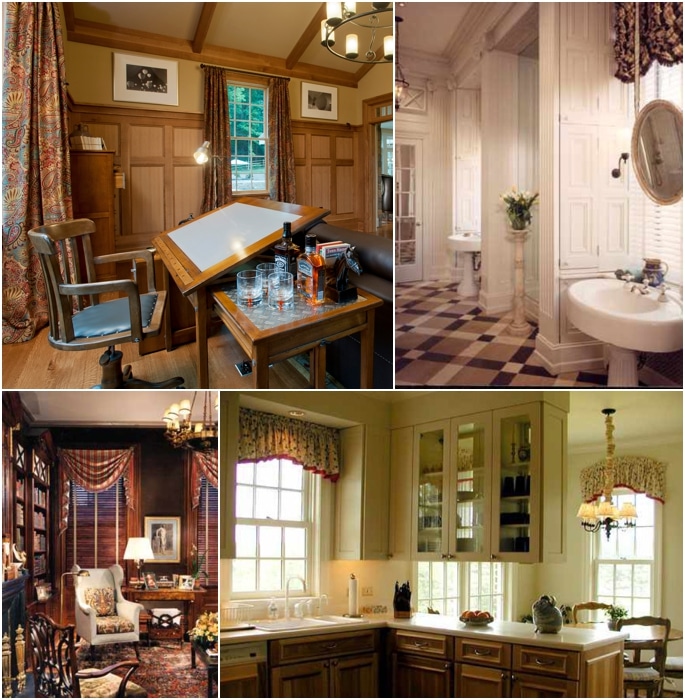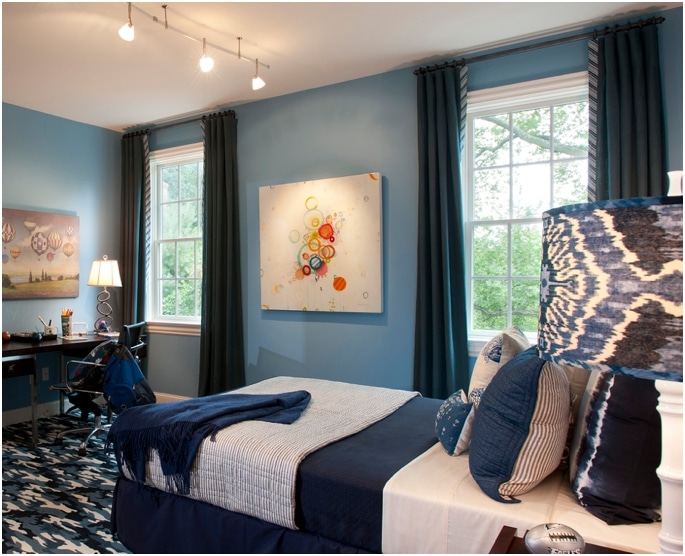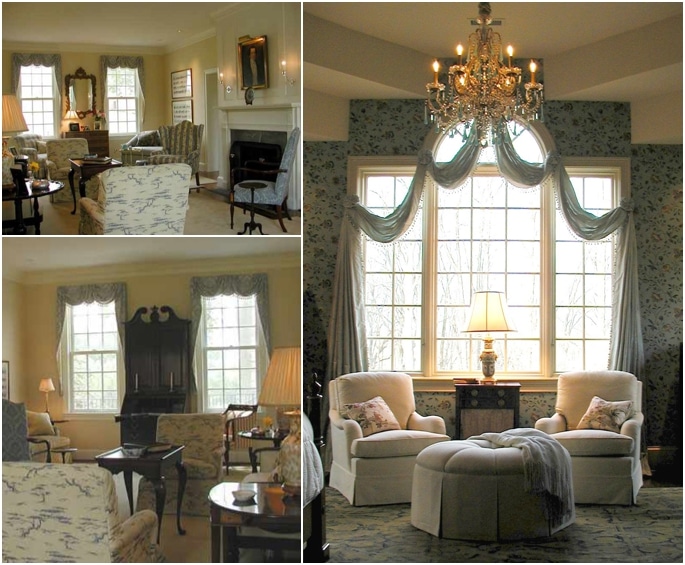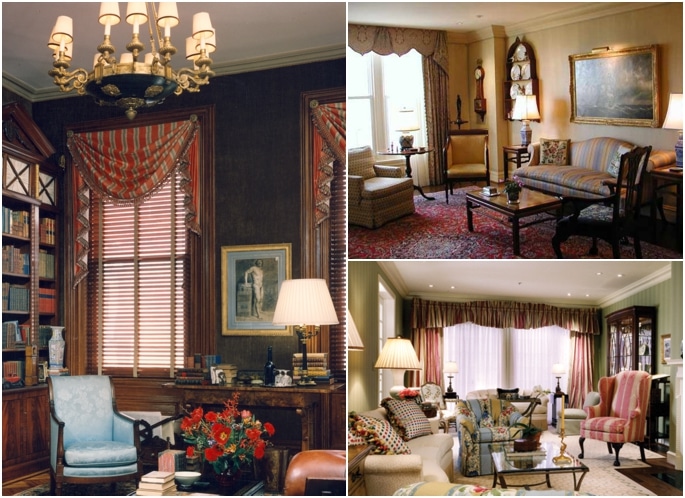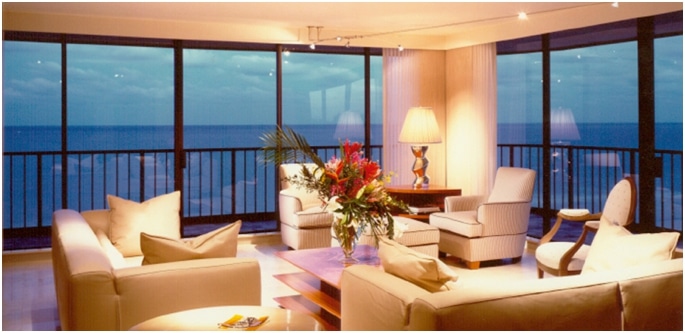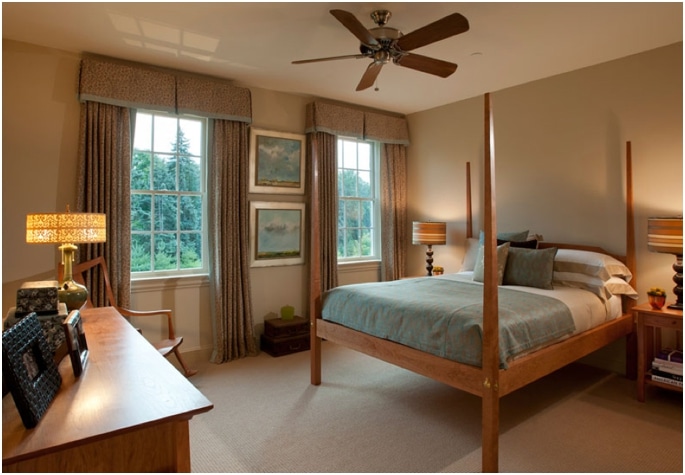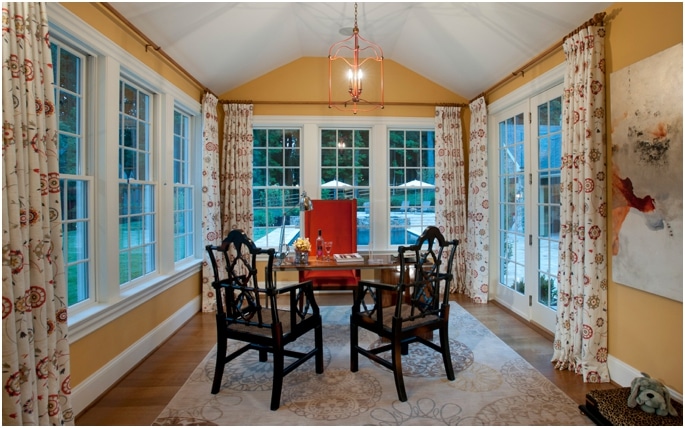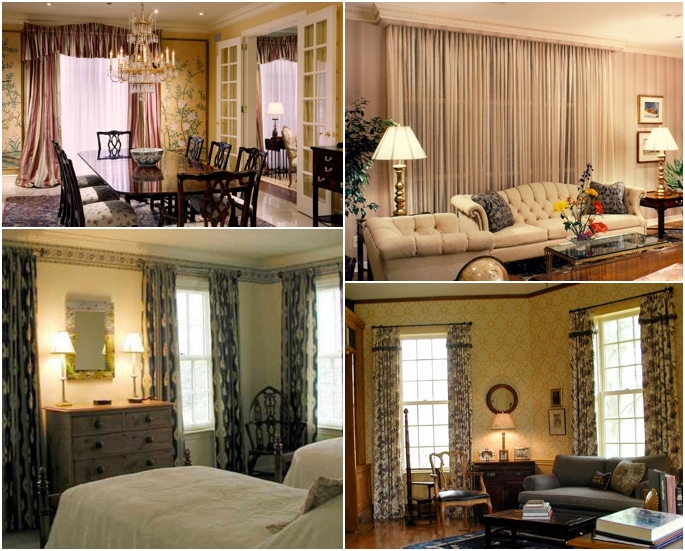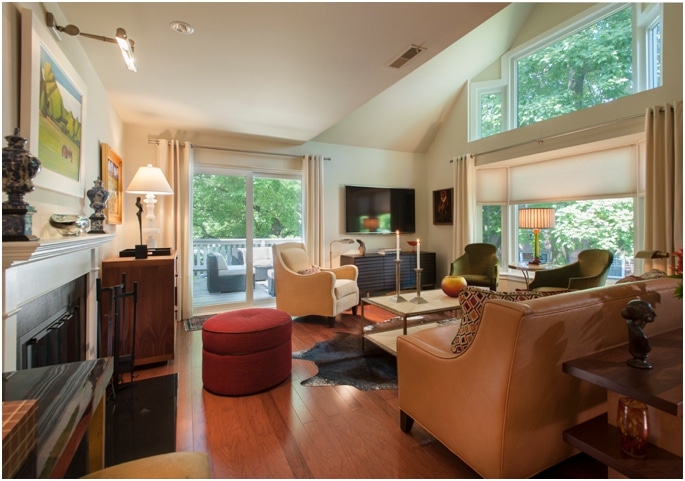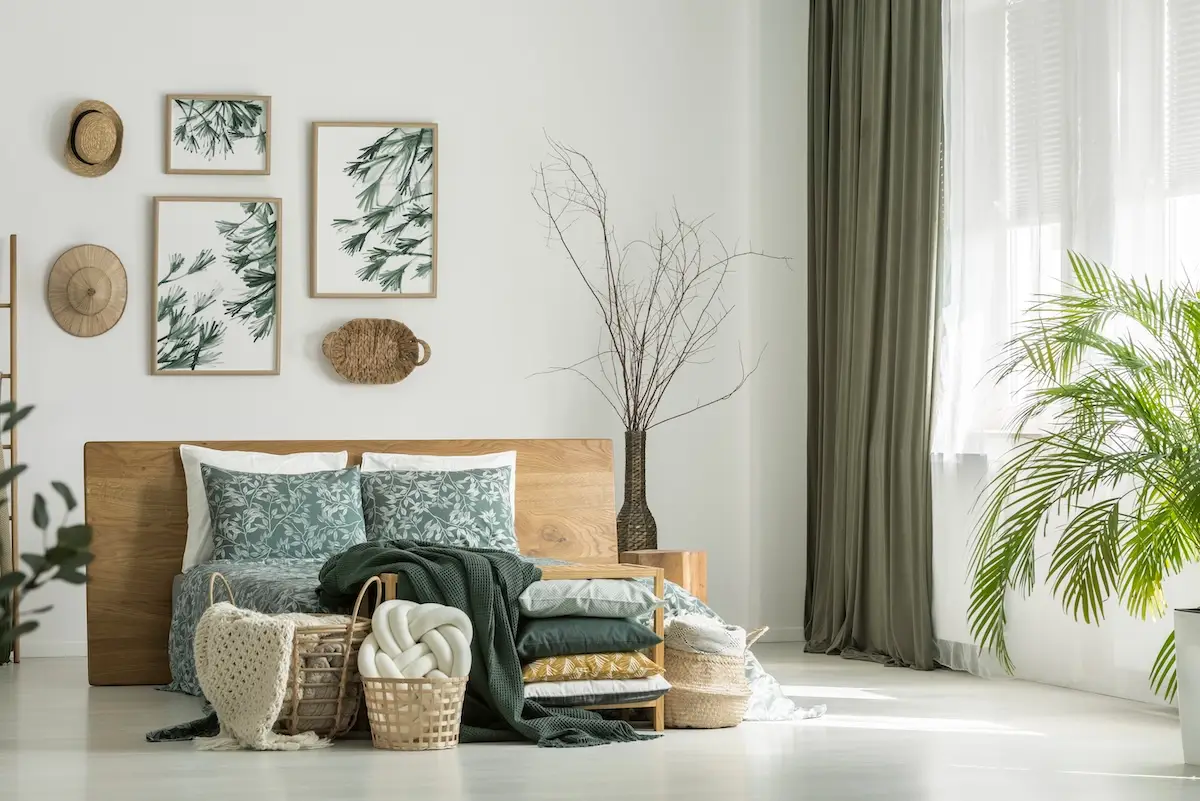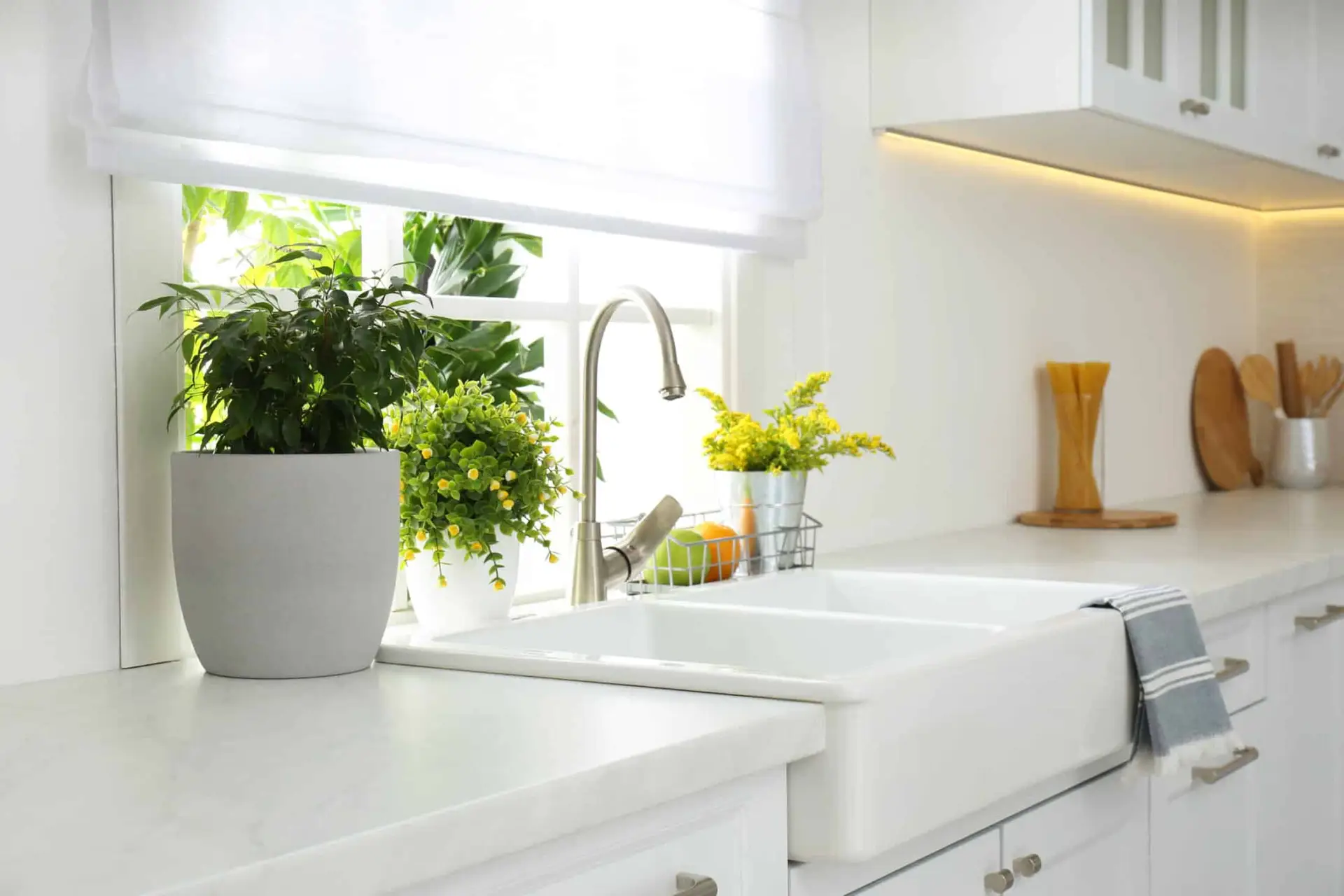Window treatments come in all styles, shapes, colors, sizes, types and qualities. They are one of the most diverse groups of interior finishes and cover a very broad spectrum of materials. They can be very plain or very elaborate, inexpensive or very costly. They can make a statement or blend into the background.
So what do you need to know when specifying your window treatments? Well first think about why you need a window treatment. Here are the top reasons.
• Light control •
Too much light is coming in and you need
to block or filter some or all of it
• Privacy •
So the neighbors and passers-by won’t see you
on full display in your home
• Warmth •
Visual warmth and also temperature warmth as a layer
of insulation against cold glass
• Style •
You need to add some interest to otherwise plain walls
and windows and treatments will finish off the room
Once you’ve determined what your needs are, next decide if one or more layers of window treatments are needed. For instance the layer that gives you privacy and light control may not be the layer that gives you visual style and warmth in the room. We frequently do more than one layer of window treatment. A wooden blind or pleated shade as a under first layer can give you light control and privacy while fabric panels can add warmth and finish off the room
Next determine your style. Is your home or space modern, traditional or transitional? Clearly swags & jabots would not be appropriate for a modern space and mesh roller shades would not work in a historic home. Be true to your architecture and style so the treatment compliments the windows and interior and doesn’t stand out and become the sole focus of the room.
Then determine your budget. Let’s say you don’t have the budget to do several layers but could do one layer now and one layer next year. A good base layer that gives you good light control and privacy would be a great place to start. Then the decorative fabric treatment can be added at a later date when your budget allows. In the meantime your two primary needs will be met.
Window treatments can be complicated, so do not hesitate to call on a professional designer to help you figure out what is best for you. We have useful tips for making small windows look bigger and uneven windows look even so that your windows will look their best.


